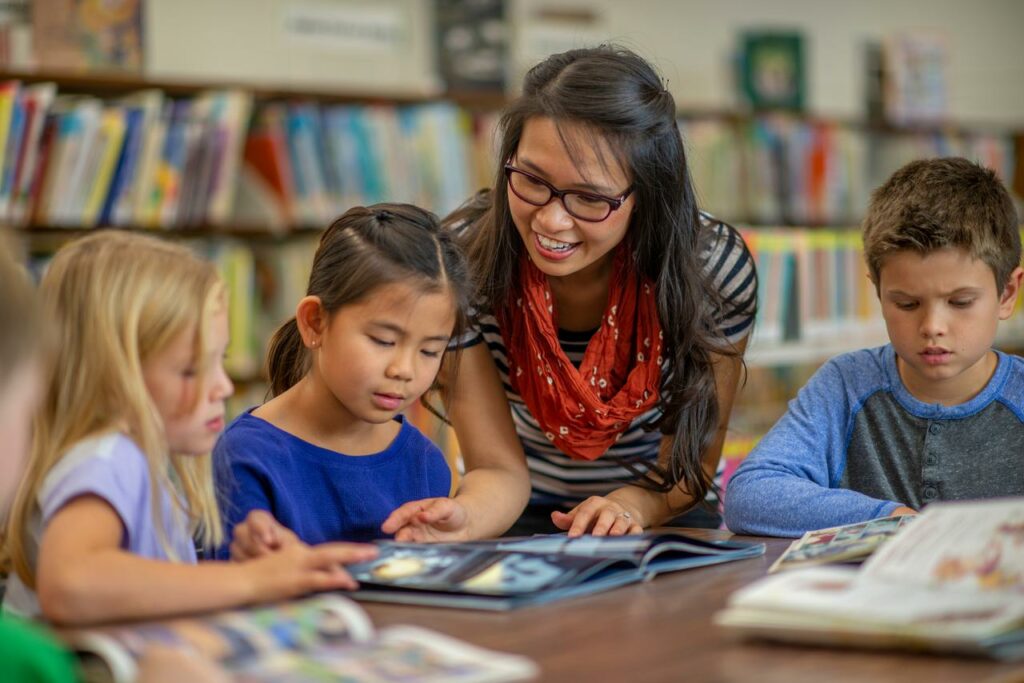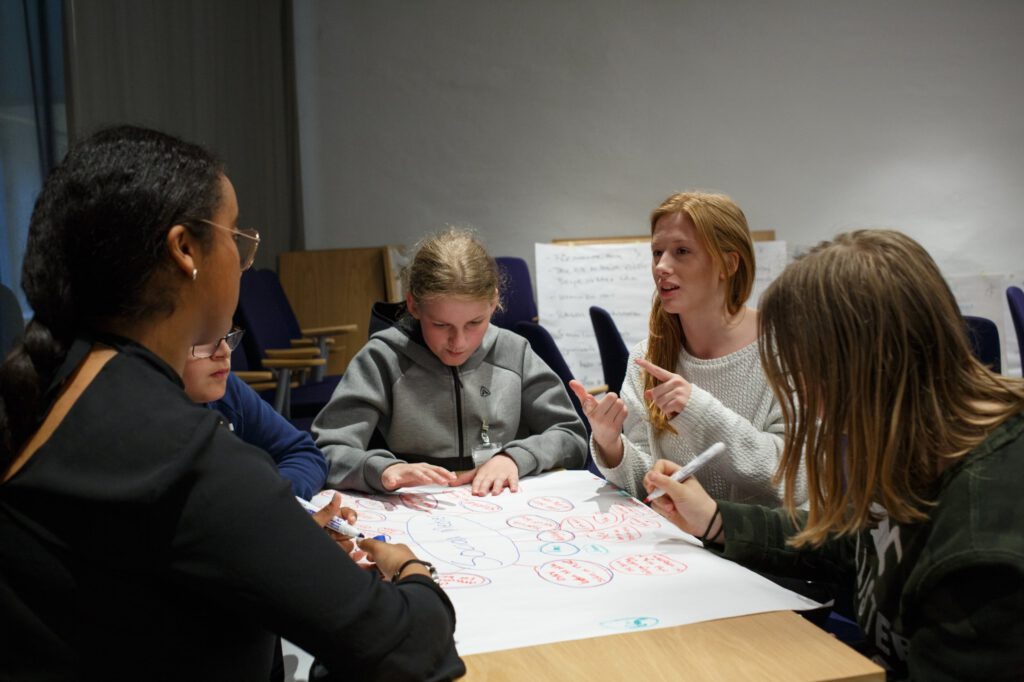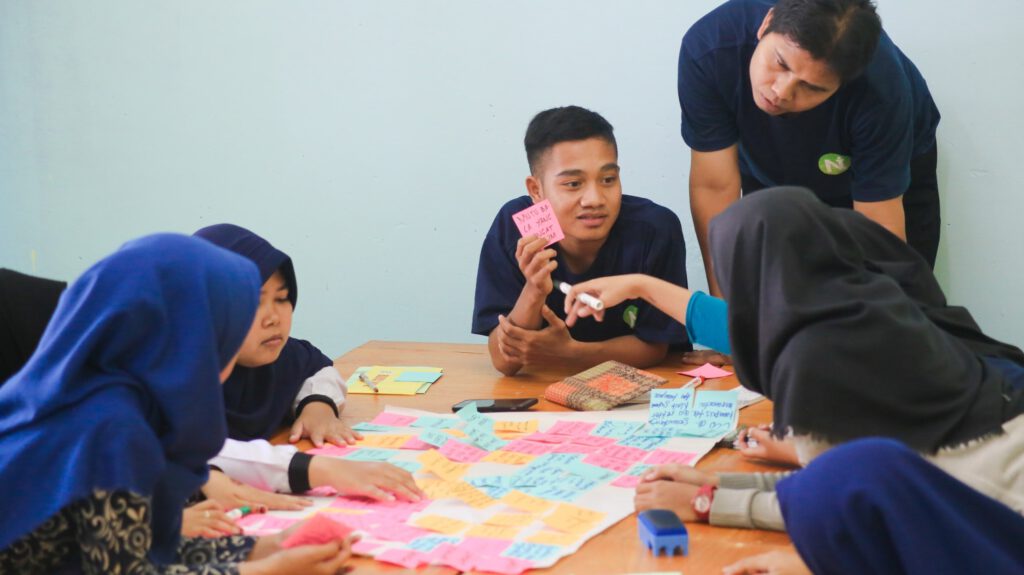Classroom Strategies for Restorative Justice
Maybe you’ve heard about the push for restorative justice in education. What is restorative justice? How does it apply to education and how could you implement it in your classroom?
Restorative justice is a system that addresses behavioral issues, resolves conflict and addresses harm. Restorative justice is a concept borrowed from the judicial system, but not just the judicial system as we think of it in western society. Restorative justice has its roots in early civilization, in the form of peacemaking circles, community conferences and any systematic approach to community that places importance on connection over correction.
Restorative justice, as an educational framework, is composed of 3 major components;
- Creating just and equitable learning environments
- Nurturing healthy relationships
- Repairing harm and transforming conflict
Let’s cover each of these.
1. What does it mean to create a just and equitable learning environment?
Consider your classroom norms. These norms are designed to inform a set of values for your classroom. The values help to centralize the idea of a mutually supported positive classroom climate. It puts the responsibility for the homeostasis of the community into the hands of the learners. Some norms that embody the principles of restorative justice include; respect, dignity and mutual concern.
A wonderful way to foster respect, dignity and mutual concern in the classroom is to be clear with your learners about the meaning and value of equity. Some students need to sit closer to the board to see. Some students need extra time to complete assignments. In any community, there is going to be a diversity of needs and a diversity of supports in order to make the community equitable. It’s important to communicate this to your learners, so that they understand the goal of these different treatments is not favoritism but an effort to create a supportive learning environment for all.
Creating some just and equitable learning environments strategies for your classroom include:
- Establish a mutually agreed upon set of classroom norms and expectations
- Accommodate different learning styles
- Talk to your learners about the difference between equal and equitable
- Establish a clear set of rewards and consequences
- Hold your students to high expectations
2. How do we nurture healthy relationships?
Healthy relationships are built with acceptance, connection and trust. Social Emotional Learning or SEL is one popular way to nurture and build connection within a community. Compassion and kindness activities can foster acceptance. Use SEL to model the expectation of positive peer relationships to build trust between learners. As a teacher and instructor for Moreland University’s TEACH-NOW online teacher preparation program, one great way to build a community of trust is consistency. This can be consistency in your routines, consistency in your discipline and consistency in your reward strategies.
Nurturing healthy relationships strategies for your classroom include:
- Highlight student interests and strengths
- Provide opportunities for pair and group work
- Social Emotional Learning
- Host restorative justice circles
- Build trust- be consistent
3. How do we go about transforming harm and repairing conflict?
I’d like to begin by suggesting a Growth Mindset. Teaching and encouraging compassion and a growth mindset can remind your learners that this community is a safe space to make mistakes- not just academic mistakes, but behavioral and social mistakes.
Teach the difference between shame and guilt. Guilt is feeling bad about doing something wrong. Shame is feeling bad about something being wrong. This is important to understand on a personal level and on a community level. People are punished for their actions not for their state of being. Mistakes are opportunities for growth and learning.
So, how do we deal with conflict? How do we treat it as an opportunity for growth and learning?
When a conflict in a class occurs, consider what has been harmed in this conflict. Were relationships damaged? Was school property damaged? Was learning time damaged? After you’ve determined the exact harm, determine an exact opportunity for repair or healing. The consequence shouldn’t solely punish the wrongdoer, but it should function to repair what has been damaged or at least help to restore the homeostasis of the classroom community.
First, the wrongdoer needs to understand the impact of their actions, take accountability, repair the harm and reintegrate as an equal. They are not their mistakes, so reintegration as a beloved member of the community is essential.
Second, for anyone harmed by the conflict, they deserve validation for how they were impacted. They need a chance to share their story, express their needs, and get their needs met.
Finally, for the community, we need to restore a sense of safety, reinforce expectations and provide access to information or learning opportunities that help prevent future conflicts.
Repair harm and transform conflict strategies for your classroom include:
- Establish a growth mindset where mistakes can be forgiven
- Have students take accountability for their actions and play an active role in repairing any harm done.
- Make sure those who were harmed are heard and have their needs met
- Use this as a learning moment for the whole community
- Reintegrate the wrongdoer and those harmed back into the community as equals
This is the function of restorative justice- to provide a community based approach to restore justice and bolster a connection to our sense of community and our responsibility in maintaining this.
Learn more about best practices for your classroom by enrolling in Moreland University’s TEACH-NOW online teacher preparation program and master’s in education degree programs.



